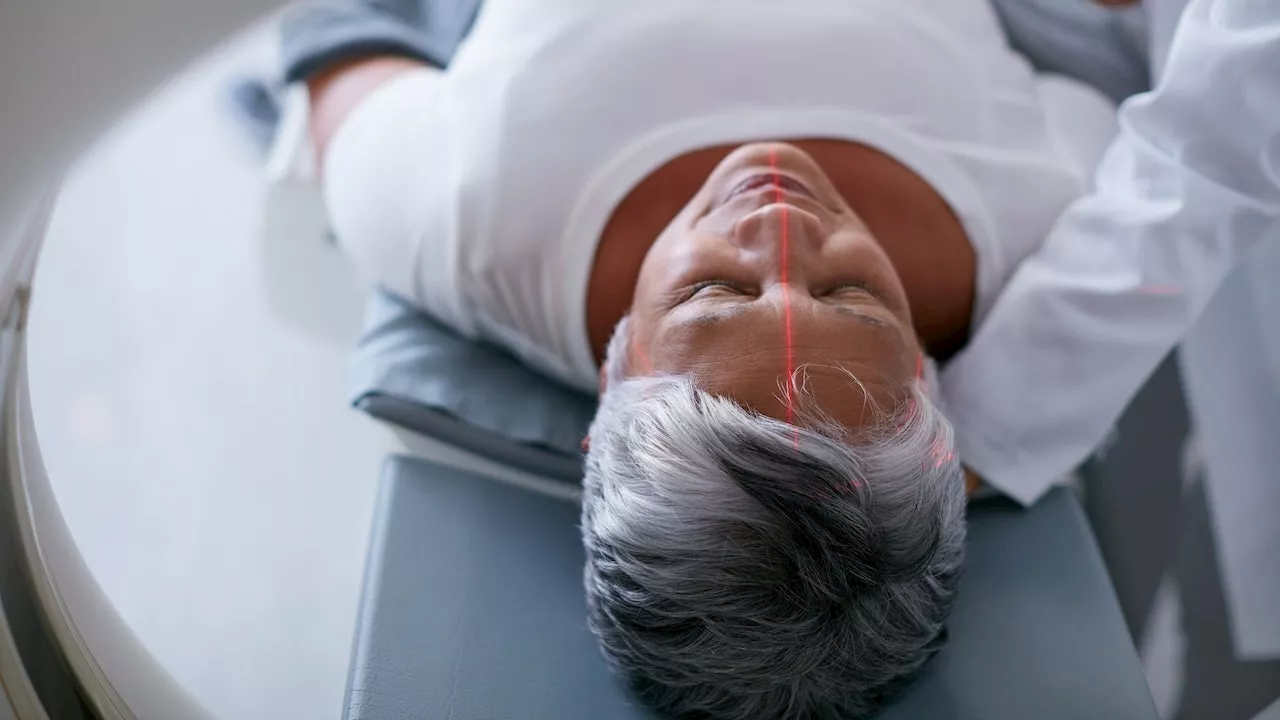Scientists have identified a potential method to prevent the onset of Alzheimer’s disease by targeting and dissolving small protein clusters that emerge early in the disease’s progression. This groundbreaking research, conducted by a team at Tokyo Metropolitan University, suggests that interventions could be developed to inhibit the formation of harmful protein structures, fundamentally altering treatment strategies for the disease.
Alzheimer’s disease has long been linked to the accumulation of tau protein fibrils, which disrupt cognitive functions. However, the research team, led by Professor Rei Kurita, discovered softer, smaller clusters of proteins that appear during the initial stages of the disease. In laboratory experiments, they successfully dissolved these early clusters, which effectively prevented the formation of toxic fibrils, signaling a potential new avenue for treatment.
New Therapeutic Approaches on the Horizon
This pivotal finding represents a shift from traditional therapies that focus primarily on dismantling established fibril structures to a more proactive approach that addresses the earlier, reversible stages of protein aggregation. The researchers utilized advanced X-ray and fluorescence techniques to identify these microscopic precursors, which measure in the tens of nanometers.
The significance of this discovery extends beyond Alzheimer’s. The methodology developed could also be applicable to other neurodegenerative diseases, such as Parkinson’s disease, broadening its potential impact on neurological healthcare. Future therapies could aim to prevent the formation of harmful protein structures from the outset, offering a more effective and safer treatment option for patients.
While the findings are promising, they are currently limited to in-vitro biochemical models and have not yet involved human or animal subjects. The existence of similar reversible protein clusters in human brain tissue remains unverified, underscoring the need for further research to explore the safety and efficacy of this approach in actual clinical settings.
Expert Insights on the Research
Dr. Marc Siegel, a senior medical analyst at Fox News, highlighted the three critical components involved in Alzheimer’s: beta-amyloid proteins, tau proteins, and neuroinflammation. He anticipates the emergence of triple therapies that target all three factors simultaneously.
Courtney Kloske, Ph.D., director of scientific engagement for the Alzheimer’s Association, echoed this optimism, emphasizing the study’s innovative focus on altering tau protein structures as part of efforts to slow or prevent disease development. Both Siegel and Kloske stress the preliminary nature of the research, calling for further studies to translate these findings into viable human applications.
As the scientific community continues to explore this promising discovery, it represents a hopeful step forward in the quest to combat Alzheimer’s disease, potentially changing the landscape of treatment for millions worldwide.







































































